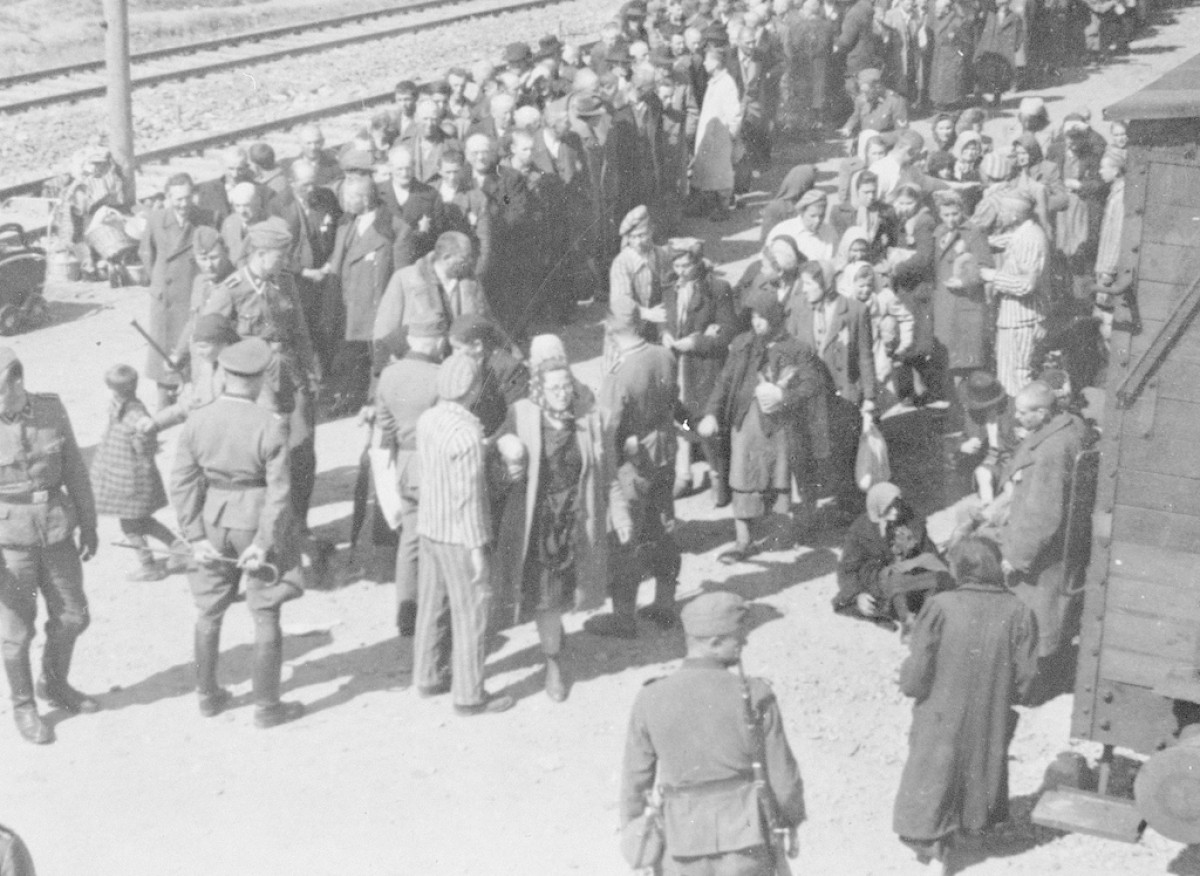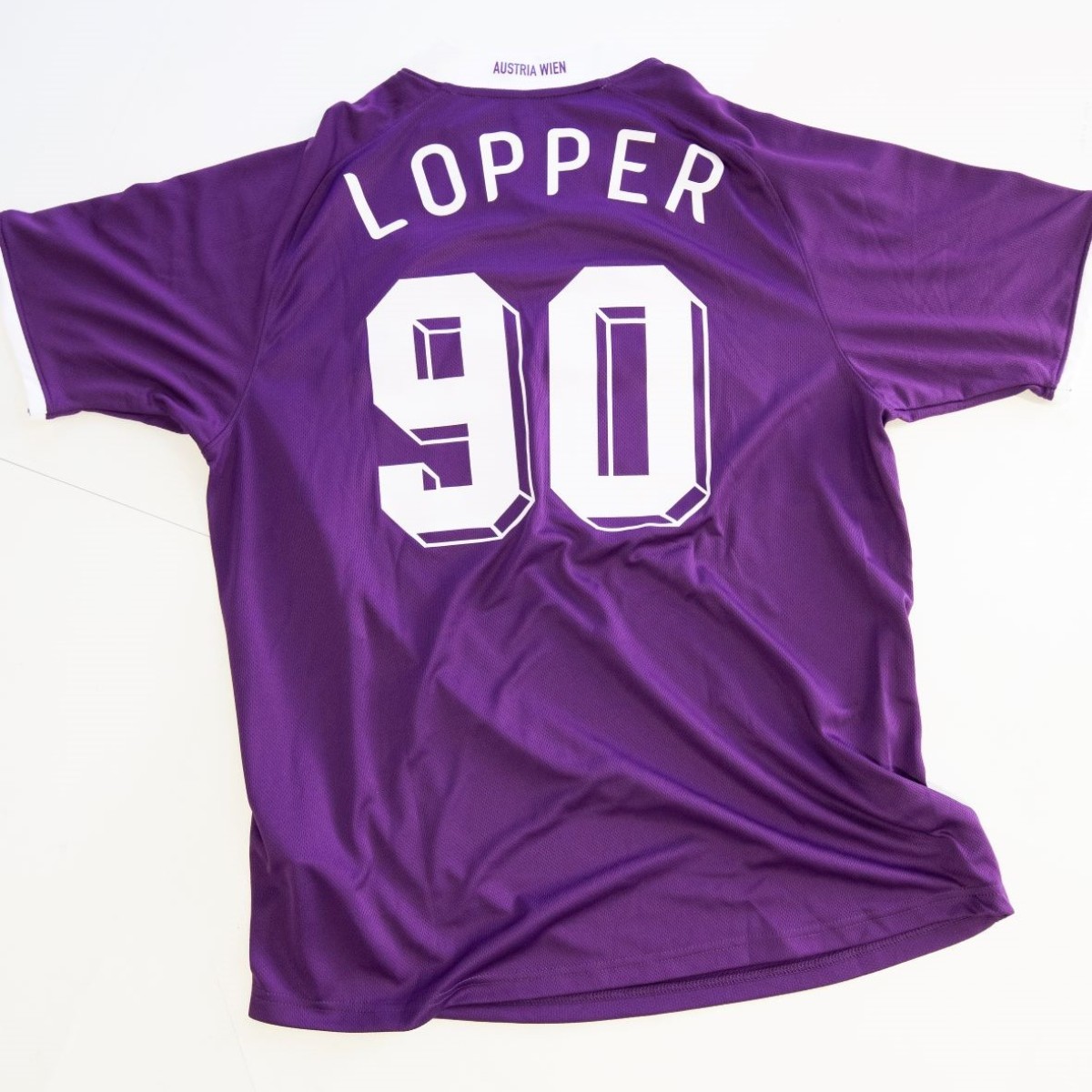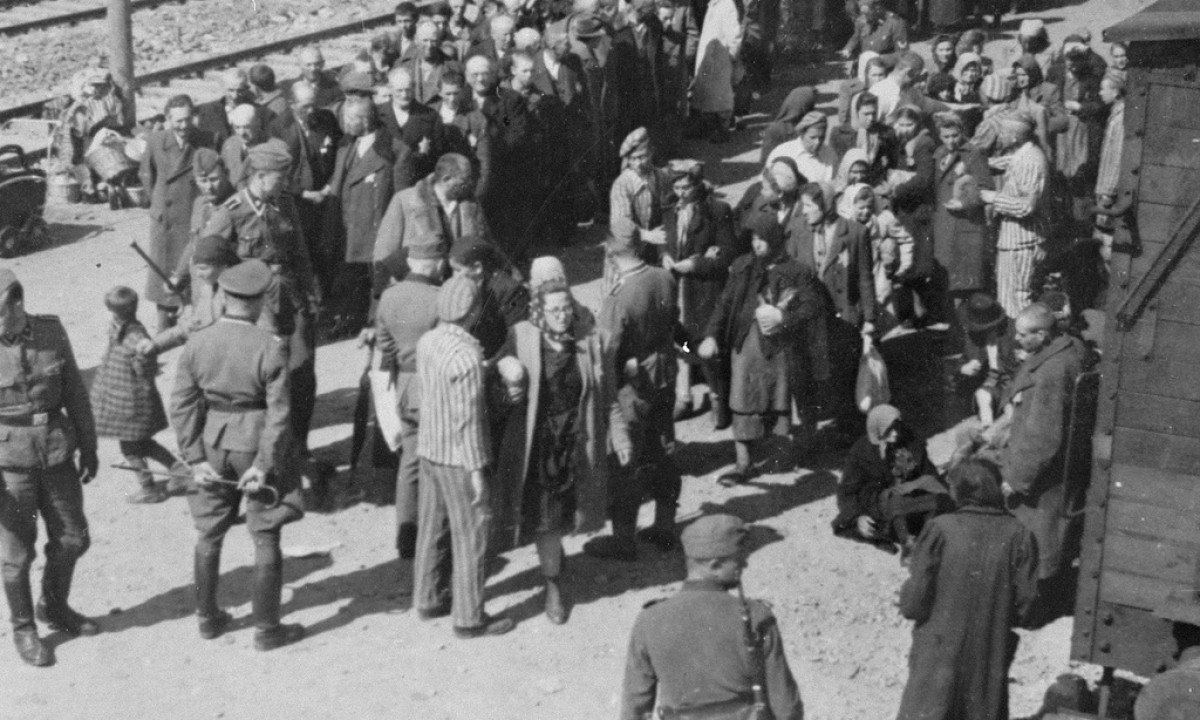Norbert Lopper became known to the general public as “Mister Austria” just a few years ago, shortly before his death in 2015, through a publication bearing that title. The longtime Austria Wien club secretary was not only a football legend who helped his club achieve international success and discovered football greats like Herbert Prohaska – he was also a Shoah survivor and eyewitness.
In 1919 Norbert Lopper was born into a middle-class Jewish household in Vienna-Brigittenau and had four siblings. Since both parents worked, the children were left to their own devices in the afternoons and the boys played football in Augarten park. A talented footballer, Norbert Lopper soon joined FC Sparta Wien, whose clubhouse on Rauscherstrasse was not far from the family’s apartment. As he later said, football was his life. In 1935 he was discovered as a junior player by SC Hakoah at a time when they were no longer one of Austria’s top teams. Lopper began an apprenticeship and played football until Austria’s “Anschluss” on the German Reich.
In 1938 the family fled to Belgium, where relatives were already staying. Norbert Loppert played there for small fees on the Jewish clubs Étoile (Star) and Maccabi Bruxelles and was thus able to contribute to their livelihood. After the German Wehrmacht invaded Belgium in May 1940, life became dangerous. Norbert Lopper fled to France, was imprisoned and, after escaping the St. Cyprien internment camp, decided to return to Brussels. In 1940 he married his girlfriend Rebecca Cige, whom he had met in Belgium and who had accompanied him on his flight. The couple survived in occupied Belgium until 1942, before they were ordered to go to Gare du Nord for “work assignments” and deported to Auschwitz. Separated at the ramp, Norbert Lopper never saw his wife again.
25. July 2023
Close up
“One doesn’t forget something like that” – Norbert Lopper in Auschwitz
by Barbara Staudinger

© United States Holocaust Memorial Museum, courtesy of Yad Vashem
Selection at the ramp in Auschwitz-Birkenau, 1944. In prisoner uniforms Hans Schor (middle front), Norbert Lopper (middle back) and Heini Preiss (right)
Lopper was interred in the so-called main camp, Auschwitz I, for several months before he had to move to Auschwitz-Birkenau. There he was lucky enough to be assigned to the work commando at the ramp, the Kanada Kommando that brought the deportees’ personal belongings to the warehouse. Lopper then became a direct witness of the mass murder. When he saw his mother and youngest brother at the ramp during the selection on August 2, 1944, he was able to persuade Kapo Hans Schor, a Jewish prisoner and Spanish Civil War veteran who also came from Vienna, to take them into the camp, thus saving their lives. When the Auschwitz death camp began to be evacuated in the fall of 1944, attempts were made to cover up the crimes while the killings continued. Norbert Lopper, who had nearly been beaten to death several times during his years there, survived the death march to Mauthausen in January 1945 and was liberated there by American troops in May 1945.
As a result of the mistreatment by the SS during his concentration camp imprisonment, his injuries were so great that he could hardly play football anymore. Norbert Lopper first went to Brussels and did not return to his hometown of Vienna until 1953. From that point on his life belonged to Austria Wien. As of 1956 he was busy day and night as club secretary and not many people asked about his story. He first joined the Lagergemeinschaft Auschwitz, a community of former camp inmates, after his retirement in 1983 and subsequently made himself available as a contemporary witness. Norbert Lopper died in Vienna in 2015.

© JMW, Tobias de St. Julien
Commemorative jersey for Norbert Lopper's 90th birthday which is currently on display at our exhibition Super Jews. Jewish Identity in the Football Stadium. 2009, Textile, Pierre Lopper Collection
